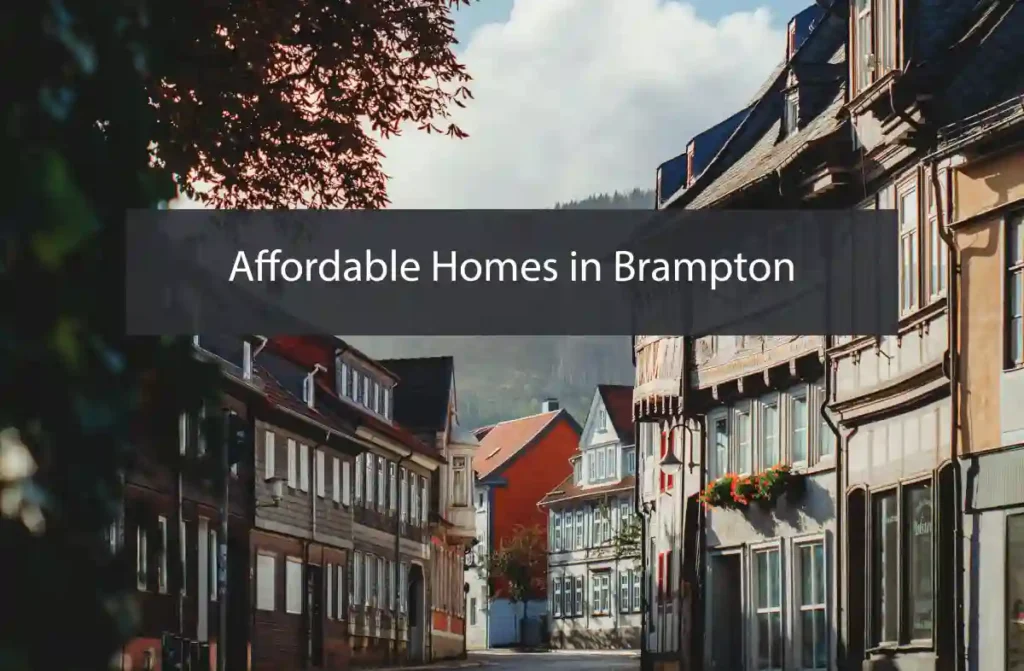Real estate investment is a powerful tool and choosing the right property types could be very profitable. This guide will cover different property types, why you should invest in this segment of real estate, and will provide you with all the necessary information in this respect. Designed particularly for agents, brokers, and anyone else in the real estate business, this guide will also contain valuable information for the first-time investor.
Table of Contents
Understanding Property Types
However, before getting deeper into the descriptions of some particular kinds of properties, it is essential to distinguish major kinds of real estates potentially suitable for investment. In accordance with the use real estate properties can broadly be grouped into residential use, commercial use, Industrial use and land use.

Residential Properties
They are used to accommodate people and their activities in day to day lives. Some of the property types are; detached house, semi detached house, terraced house, flats/apartments, and holiday home. Houses are usually regarded as the initial business destination for the novices in real estate investing because they are easy to understand and get involved with.
Commercial Properties
Business premises refer to buildings that are employed in commerce, trade and other related activities. This has seen it cover areas such as; commercial through offices and other business specific buildings, retail through showrooms and markets, rooms for accommodation through hotels and service through malls across the country. Business properties are somewhat riskier than residential ones, and this means that the investor should have intimate knowledge of the business environment.
Industrial Properties
Industrial properties are therefore used in manufacturing, storage, and distribution purposes. These are such establishments as warehouses, factories and distribution centers. Such assets tend to afford better returns though the problem is that they have the potential of being restricted by zoning requirements, environmental standards among others.
Land
This is refer to as investing in raw land whereby one acquire an area of land that has not been developed or has no structure on it. It is rather risky form of the investment and the possible return can only be estimated having inside information about the current market and future development strategy.
Why Consider Different Property Types?
There is no one type that is better than the other, every type comes with its benefits and is right for a certain kind of investment. Here are some reasons to consider various property types for real estate investing:
Diversification

Diversification is achieved when one invests in various property types because it serves to minimize risks while at the same time depending on the returns that may be generated from the properties. The effects produced in a sector are cut down through diversification since the organization is involved in various areas of operation.
Cash Flow
Some of the property types such as the multi-housing, the commercial properties generate steady and attractive streams of income in form of rents. The following financial explanation shows how accurate cash flow can impact mortgage and other costs throughout the fiscal year.
Appreciation
In some cases, particularly in the prime locations, the worth of the given properties tends to increase over time. This in turn will lead to high profits especially when it is time to sell the property through the higher appreciated value of the property.
Tax Benefits
Investments in real estate have several tax advantages; these are the amount of interest expenses on the mortgage, state and local taxes on the property, and the allowance for cost recovery. These benefits you can add on the overall return on investment.
Hedge Against Inflation
Properties are usually used as an inflation hedge. While prices and the level of inflation rise, property values as well as rental income counterbalance the effect by shielding your investment from eroding.
Detailed Overview of Property Types
Single-Family Homes
Single-family homes are homes that do not share a structure with others, are independant. They are people’s favourite kind of investment tool in the sphere of real estate and the management of these kinds of facilities is comparatively easy. These properties are essentially for novices because they are simple and are available almost everywhere.
- Pros: There is always high demand for the products, it is easy to manage as compared to some other products and the financing is also easy.
- Cons: Fewer rent collections compared to the specialized multi-family; The possible longer periods between lease-ups, Multi-Family Homes
Multi-Family Homes

Multi-family homes unit dwelling houses are two-unit buildings, three-unit building and apartment houses or an Separate In-Laws Suite. Such properties can have more than one source of rental income, and this makes such properties ideal for any investor who wants steady income.
- Pros: Higher rental income, economies of scale, and potential for property management.
- Cons: Higher purchase cost, more complex management, and potential for tenant issues.
Condominiums and Townhouses
Condominiums and townhouses are dwelling places that are interspersed with other similar structures sharing some facilities. Thus, they are situated in lucrative districts of cities which makes the tenant’s choice rather attractive.
- Pros: Lower maintenance responsibilities, desirable locations, and lower entry costs.
- Cons: Homeowners association (HOA) fees, potential for restrictive HOA rules, and shared walls with neighbors.
Vacation Homes
Villa is a type of house that encompasses accommodations intended for short-term let. They usually are found in areas that attract a lot of tourists and can generate good rental returns during the high seasons.
- Pros: Daily and monthly rental income and increase in the rental rate in other seasons, possibility for personal use, and increase in the property value in most-favorable areas.
- Cons: Differences in revenue received periodically during the year, higher expenses on goods’ maintenance, and increased requirements for goods’ supervision.
Office Buildings
Offices can be as small one or two person offices to giant structures such as the high rises. They are for renting to business people and offer a constant inflow of rental revenues.
- Pros: Income derived from rental income especially when the lease period is a long one, the possibility of property appreciation.
- Cons: High fixed costs, for example, with economies of scale that are sensitive to the stock market and a higher level of management.
Retail Spaces
Categories of retail comprise of shopping malls, strip malls, and individual stores. These are premises let to retail concerns and if propertyed competently can generate high yields.
- Pros: The opportunity for long-term lease, triple net lease or tenants pay for property expenses, and property appreciation.
- Cons: The problems arising from its application include; Economic sensitivity of the technology, high initial investment and high vacancy rates may be experienced.
Industrial Properties
Industrial properties comprise many kinds of buildings often used in manufacturing, storage, and distribution. They can comprise high returns and mostly are rented to businesses in long term contracts.
- Pros: High return on investment, long term tenancy, and lower level of management required.
- Cons: These include restriction of the laws when it comes to the area of human and building development and restrictions per the zoning regulations, environmental issues, and processing of coming up with investment funds which are comparatively higher to establish the businesses.
Land
This form of investment is very risky, but at the same time can have a huge reward associated with it since it deals with the purchase of lands. Thus, land can be used for residential, commercial or industrial purposes.
- Pros: It has high appreciation level, can be built at low cost, and is highly compatible with changes that occurs in the surrounding environment.
- Cons: High risk, long holding period, and their ability to be zoned for different uses.
Conclusion
One of the most important factors in it is the identification of the property types for investment. With the knowledge on the various property types and their characteristics, one can be in a better position to make sound decisions that are inline with the investment plans. Whether you are a real estate professional or a student on the way to real estate investing successful this manual will be useful.
Final Note
For personalized advice and to explore the best investment opportunities, consult with a real estate professional Harmail Sidhu who can provide expert guidance tailored to your unique situation.





